Alternative Art History: Women’s Work
The shadow world of ideas and stories outside of museums and galleries
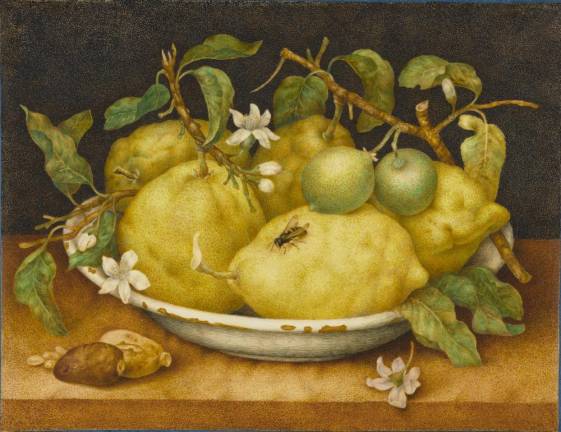
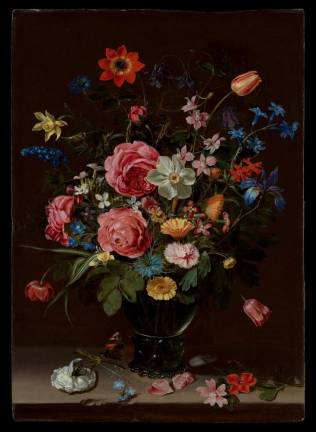
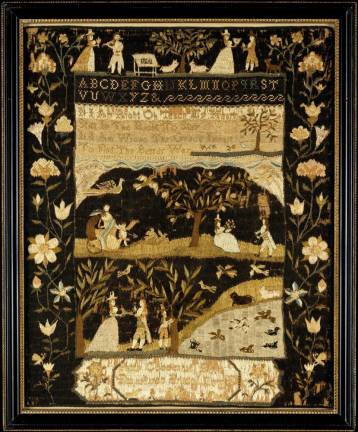
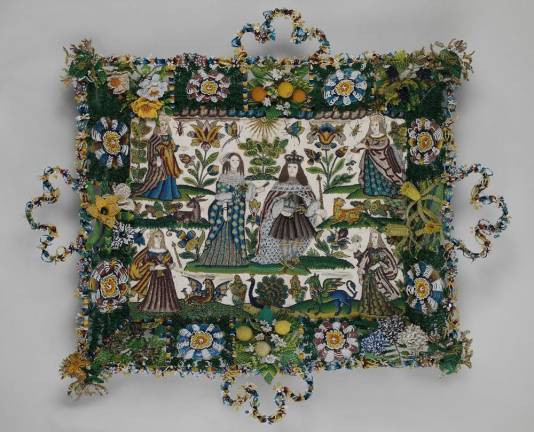
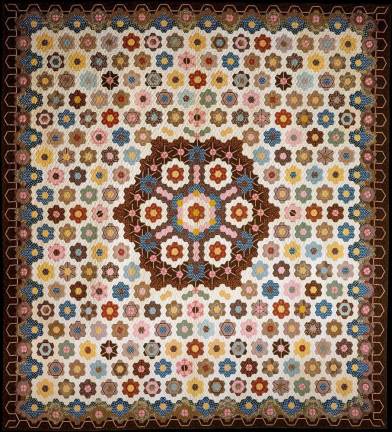
For Women’s History Month, let me share a secret with you. There’s a whole art world out there outside of what you see at museums and galleries. It’s filled with wondrous works, exciting ideas, relevant reflections and enriching stories. It’s a kind of shadow world, accessible, but rarely visited because you have to go looking for it. I’m talking about the world of women’s art.
From prehistoric paintings to contemporary artists across every form, style, and culture, women have been creating art alongside their male counterparts, but often, their work goes unrecognized. We wonder at the naturalism, observation and skill that went into cave art made tens of thousands of years ago in France and Spain. How remarkable that early man could create such beautiful images! Well, National Geographic reported in 2013 that scientists who studied the physiology of hands concluded that three-quarters of the marks of painters, as signified by handprints, were likely those of women.
Italian painter Giovanna Garzoni lived in Florence in the 1600s and counted the de Medici family among her patrons. Her still life compositions are noted for their brilliant colors and delicate realism. In 2020, she had her first solo museum exhibition. It only took 400 years.
Clara Peeters was a contemporary of Rembrandt, painting in Antwerp. She broke artistic ground with paintings of fruits, breads and cheeses. They became a favorite subject of Dutch painting. Floral painter Rachel Ruysch had a flourishing career in Amsterdam just a few years after Rembrandt. She was highly regarded by fellow artists and in her lifetime, her paintings sold for between 750–1200 guilders, while Rembrandt’s work rarely sold for more than 500. So, why is Rembrandt a one-name wonder and Peeters and Ruysch virtually unknown?
There are many reasons, most of them centering on commerce. There’s nothing new in women’s work being recompensed at lower rates than men’s. It’s still a fact of the workplace today, studies show. Also, many of the women artists of the past were the daughters or wives of male artists, and their works were often sold as having been done by the family workshop, without specific attribution. The list of artist wives of artists is long. Lee Krasner was a brilliant painter, who’s just beginning to emerge from the shadow of her husband, Jackson Pollock. Elaine de Kooning was so highly regarded that she was commissioned to create a portrait of John F. Kennedy, while he was president. It hangs in the National Portrait Gallery. Most likely you’ve only heard of her husband, Willem de Kooning.
Elevating “Craft”
In the second half of the 20th century, as the feminist movement grew, women artists began to challenge what counts as art. Judy Chicago, Miriam Schapiro, Sheila Hicks and others utilized fibers to create complex, challenging art, taking fabric out of the sewing box and elevating it to museum walls. Embroidery, weaving, and traditional “women’s work” was reconsidered.
The Merriam-Webster Dictionary defines art as “the conscious use of skill and creative imagination especially in the production of aesthetic objects.” For most of the world and most of history, art has been something produced at home for the home, and probably most of it has been made by women. Quilting, beading, embroidery, weaving, sewing, needlepoint and more have been utilized by artists like Anni Albers, Ghada Amer, Elaine Reichek and Liza Lou. They’re taking elements traditionally associated with “craft” – art’s supposedly poor relation – and elevating them.
Others are making no such distinctions. Female quilters of Gee’s Bend, Alabama, pass knowledge and love of quilting from mother to daughter, aunt to niece, sister to sister. They make quilts – functional objects – of astonishing complexity and surprising individuality. Art critics have praised them as “modernist,” and “painterly” and among the most important works of abstract art of the past century. The National Gallery of Art just acquired nine of them for its permanent collection. The National Gallery is not a history museum or a folk art collection. Its mission is “preserving, collecting, exhibiting, interpreting and encouraging the understanding by the American public of original, great works of art.”
To find most women’s art, you’ll have to look outside of museums. Data gathered in 2018 found that across 18 major art museums in the country, 87% of the collections were works by male artists. And while we like to think that’s changing, a 2019 report in Artnet News found that only 11% of museum acquisitions in the past decade were works by women. (One bright outlier is the National Museum of Women in the Arts in Washington, DC, which exhibits only work by women.)
Women’s History Month is a good time to look beyond the familiar and find works by women. And, while we wait decades for gender parity at museums, search with renewed curiosity for things that display “the conscious use of skill and creative imagination especially in the production of aesthetic objects.” It’s likely you’ll find examples all around you, right in your own home, and very likely that they’ll have been created by under-recognized women artists, like your mom, grandmother, sister, aunt, friend, wife, or self.